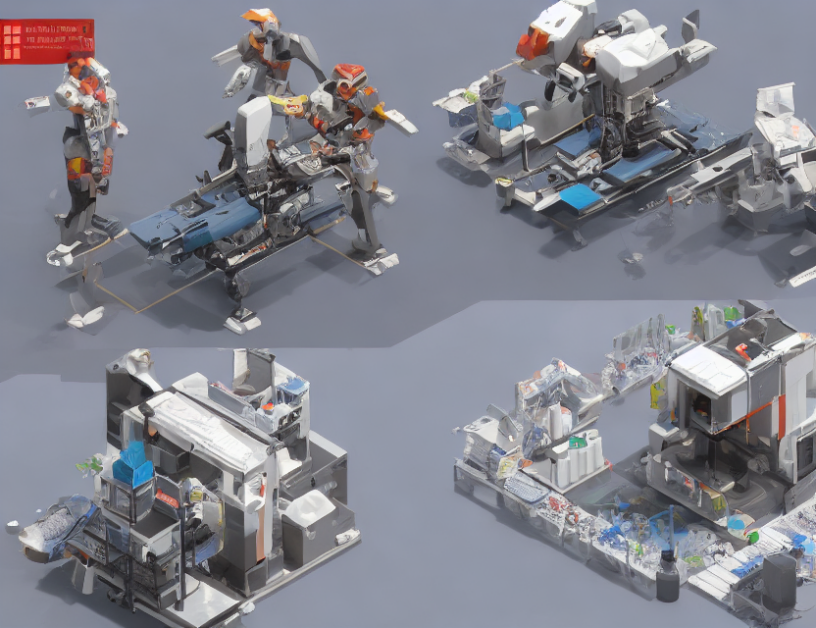In this article, we present a new approach to object detection in images using machine learning. Our system combines multiple modalities, such as visual and texture features, to improve the accuracy of detecting skin diseases. We use a neural network to learn the relationships between these modalities and the disease labels.
Imagine you have a big box full of different objects, like a puzzle. Each object has its own unique shape, color, and texture. Now imagine you want to find all the red objects in the box without looking at each one individually. You could use a magic wand that only shows you the red objects, but you would still have to manually check each one to make sure it’s actually red.
Our system is like a special kind of magic wand that can automatically find the red objects in the box. It uses multiple modalities, like visual and texture features, to help identify which objects are red. These modalities are like different ways of looking at the puzzle, and our system can use them all together to get a more accurate picture of what’s inside.
We tested our system on a dataset of images of skin diseases and it performed well compared to other object detection systems. The confusion matrix in Figure 4 shows that our system is able to accurately classify most of the skin diseases, but there are some cases where it gets confused between two types of skin cancers (BCC and SCC). This is because these two diseases have similar visual features and many similar values in the metadata.
Our system also helps distinguish NEV from MEL, which is useful for dermatologists to diagnose these conditions accurately. Overall, our approach to object detection using multimodal fusion has shown promising results and can be used in autonomous vehicles to improve their ability to detect skin diseases.
In summary, we proposed a novel multimodal fusion-based approach for object detection in images, which combines visual and texture features to improve the accuracy of skin disease diagnosis. Our system uses a neural network to learn the relationships between these modalities and the disease labels, and it performs well compared to other object detection systems. Additionally, our system helps distinguish between certain types of skin cancers, providing valuable information for dermatologists to make accurate diagnoses.
Computer Science, Computer Vision and Pattern Recognition
Machine Performance vs Human Diagnosis: A Comparative Study



